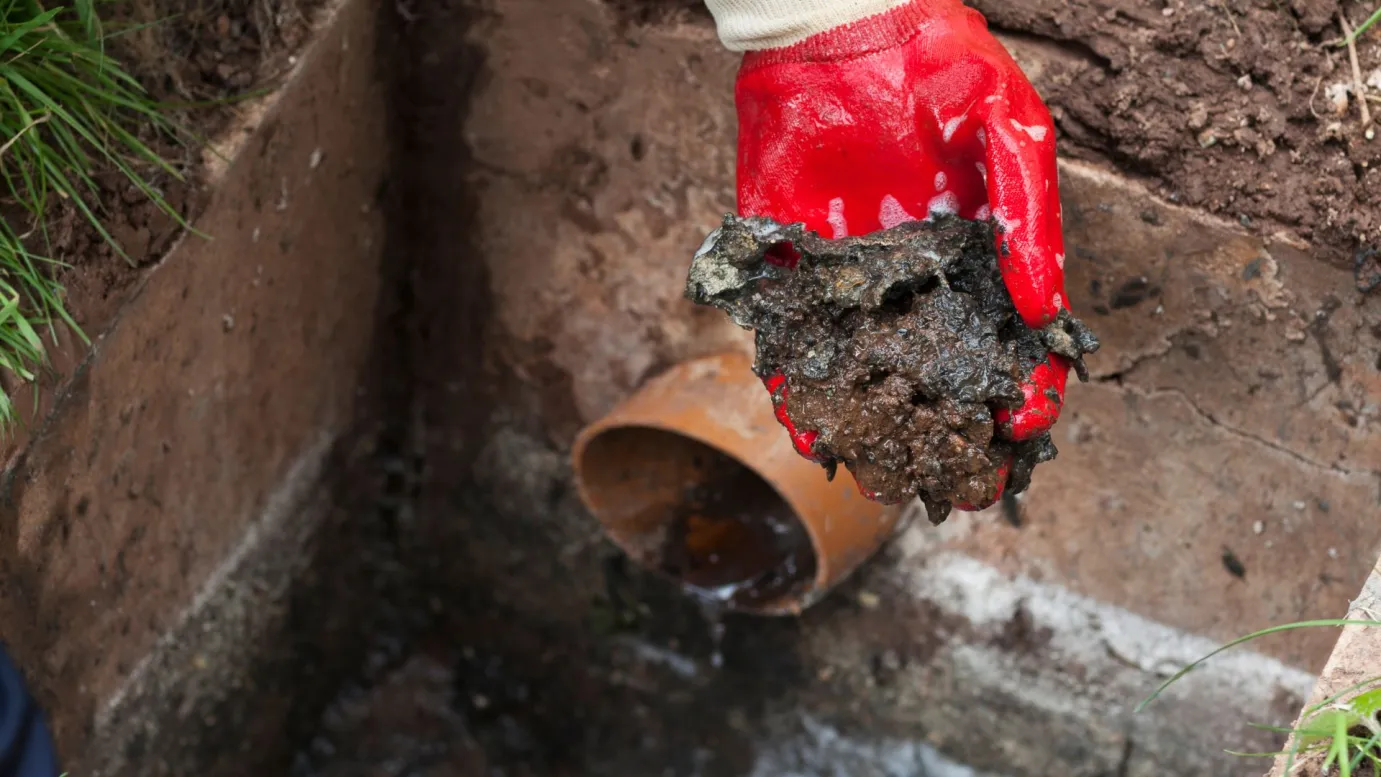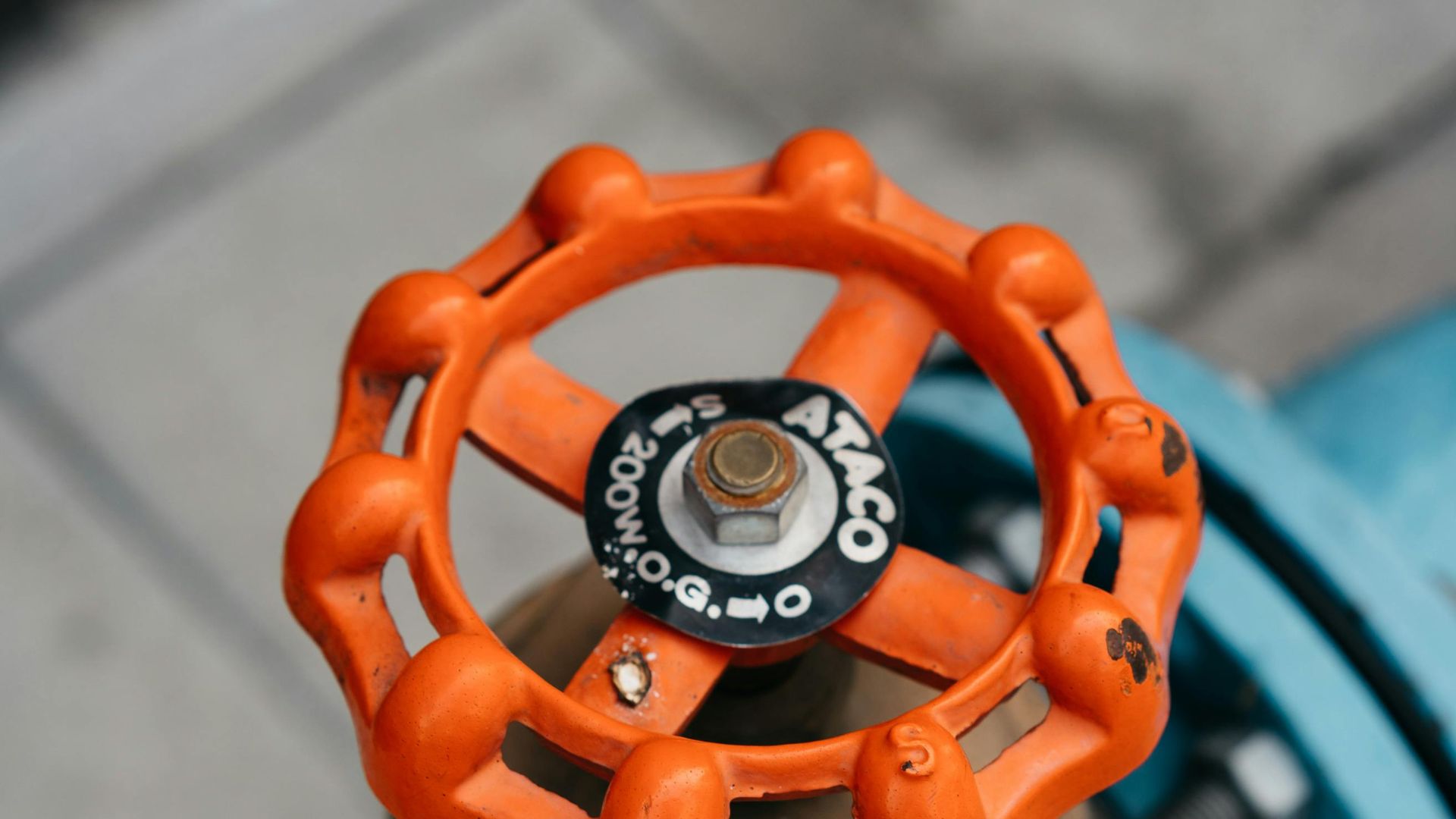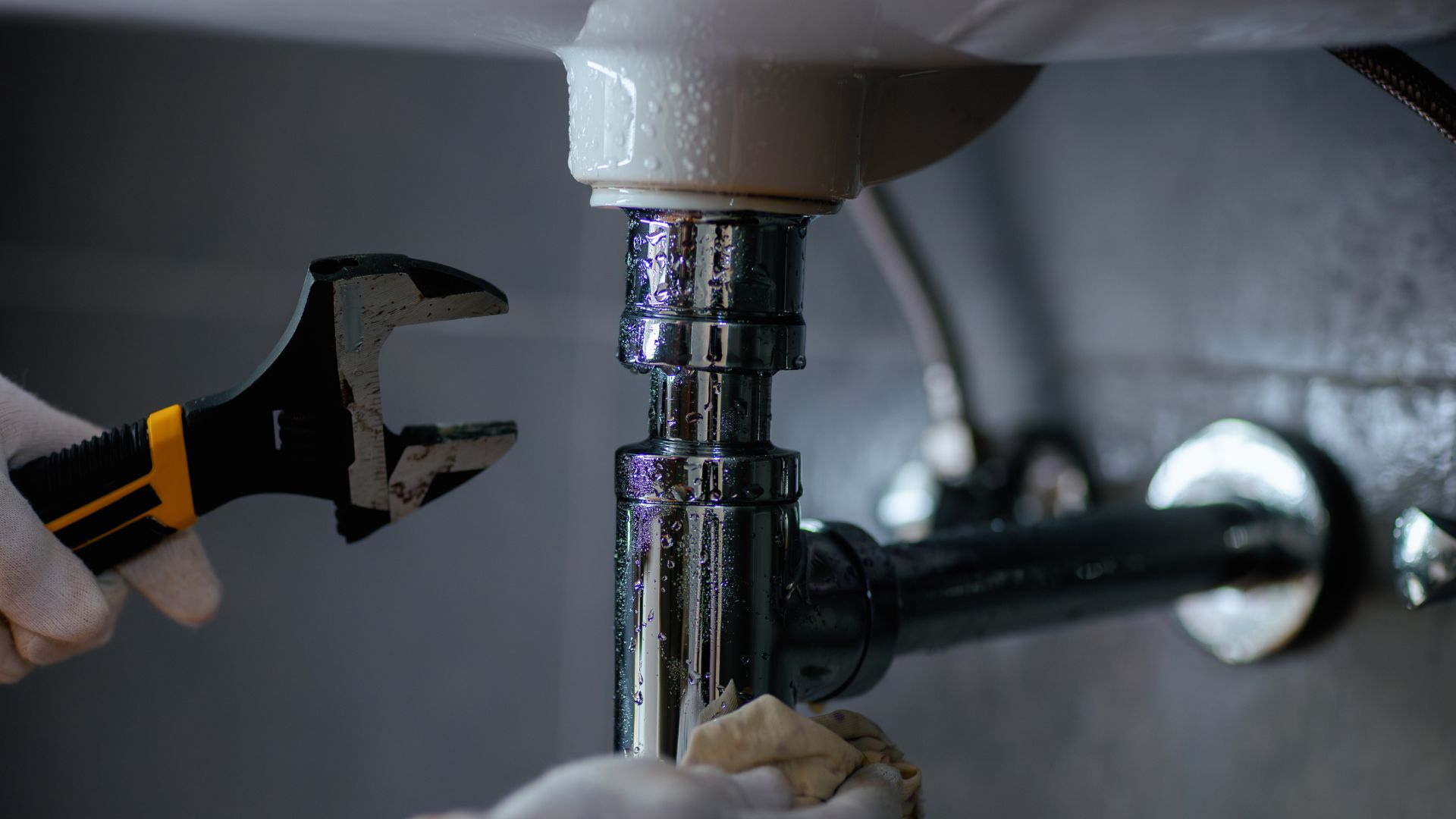Every homeowner will eventually encounter plumbing problems. It could be due to an ageing system, misuse, or just being in the wrong place at the wrong time. These issues can range from minor hassles to significant headaches.
Yet, many people skip regular plumbing inspections, thinking their systems will last indefinitely. Sadly, that’s not true. Items like clogged drains, leaky taps, and worn-out water heaters all have lifespans, and ignoring them can lead to problems.
This blog is here to help you navigate common plumbing issues, and know when it’s time to reach out to a professional plumber.
What causes a plumbing problem?
The causes of plumbing problems vary, depending on factors like age, usage, and location. Regular plumbing check-ups can help catch or prevent issues, but many homeowners skip them because they think plumbing lasts forever.
It doesn’t, and this is why it is essential that plumbing should not be overlooked from your clogged toilet, clogged drain, faulty water heaters and water tank, damaged water lines, and leaky faucets to your sewer lines. By following some of the guidelines below, you will understand what a plumber can do, and it’s always best to have a local plumber’s phone number handy.
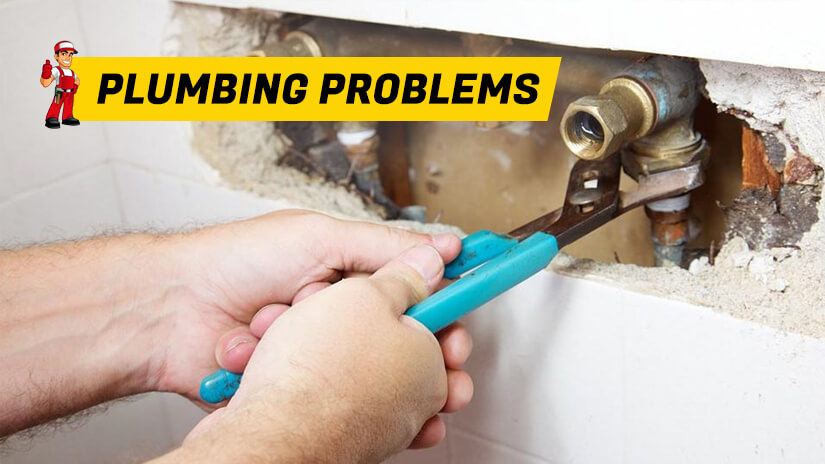
9 Main Areas of Plumbing Problems
1. TPR valves, also known as temperature pressure Relief Valve
What does a TPR valve do?
It regulates the build of pressure or temperature exceeding the rating of the valve inside a hot water heater tank by releasing pressure through it and releasing water.
This is why moisture commonly drips off the tpr when the hot water system is heating up. The water is a safety device, so the system doesn’t explode or cause a burst pipe.
The most commonly rated TPRs are 850kpa, 100kpa, and 1400kpa, which can be used on various types of tanks. Different-sized heaters will have their rated TPRs.
The most commonly overlooked problem is that the manufacturer recommends replacing these valves every five years to prevent the premature bursting of tanks. In my experience, these valves do start to rust and cause the tank to begin deteriorating.
Always test/release the pressure of this valve by pulling on the lever for 3-5 seconds.
2. Hot Water Anode
The hot water anode is a steel rod coated with magnesium, aluminium, or zinc, inserted at the top of the water heater. It rusts before the tank does, due to moisture. This extends the heater’s life as it delays rusting. It’s wise to replace it yearly.
Note that manufacturers don’t require this as they hope you’ll buy new heaters. But plumbers advise this to prolong your heater’s life.
To remove the anode, we would need to turn open the nut at the top of the heater and remove the anode. In some cases, problems can occur with no room at the top.
We can fix this by using a flexible type anode.
3. Pressure safety limiting valve
This is where the property exceeds pressure over 500kpa. Water pressure and a boundary pressure limiting valve are usually installed at the water meter; Sydney water does not regulate the water pressure because too many variables control pressure in the main.
So it’s up to the owner to make the property safer; it also states in the Australian Plumbing Standards AS/NZS 3500.1.2015, Section 3.3.4 Maximum pressure within buildings page 19: “Provision shall be made to ensure that the maximum static pressure at any outlet, other then a fire service outlet, within a building does not exceed 500kpa”.
From experience, any pressure above 500kpa can cause damage to pipes from water hammers, reduce the life of appliances, taps, and fittings, and cause excessive noise in the plumbing system.
Next time our emergency plumbers are around, we will check the pressure via a garden tap, and we will be able to let you know what the water pressure is.
4. Flexible Hoses
Flexible hoses are widely used for connecting taps in bathrooms, kitchens, and toilets, but their lifespan is often overlooked. They should be replaced every five years. When buying, check the warranty. Regularly inspect them for rust or kinks.
It is straightforward to twist a flexible hose in the wrong position, so it is always recommended to have a licensed plumber install it to avoid this happening. I would highly suggest turning off the main water supply if going away, even for the weekend.
On Channel Seven News, many cases even reported how a burst flexible hose could flood and damage properties.
We believe that controlled pressure will reduce water loss and might even help you save on your water bill. Have this checked every 12 months and get it replaced every five years; this could save you from disaster.
5. Tempering valves
They are essential for the household and require replacing or moving a water heater.
What is a tempering valve?
A tempering valve is attached to the pipework outside to mix cold and hot water and keep the temperature under 55 degrees. It is a safety device to stop or prevent scalds on human skin.
If any accident occurs, we recommend installing a tempering valve, especially if you have kids who go to the bathroom independently.
There have been many cases where kids have accidentally burned themselves from the hot temperature. Manufacturers have advised that a tempering valve’s life span is five years and should be replaced every five years.
Regular water temperature testing is recommended to ensure it doesn’t exceed the set temperature.
6. Dripping the toilet inside the bowel
Unlike a dripping faucet and leaky pipes, a dripping toilet is a common plumbing issue, as no one realises a leak because the water is clear and undetectable.
Water is precious, and we must save as much as possible. Hearing your cistern fill up continuously is a sign that you have a running toilet and require toilet repairs.
We would have to open the cistern lid to fix the problem and see where the water flow is coming out. Usually, either the outlet valve or the inlet valve may require replacing.
Most common toilets have readily available parts. A higher water bill is another sign, so always check inside the bowl. If you can hear or see water inside the bowl, call a professional plumber for toilet repair, such as running or clogged toilets.
7. House gutter
If gutters are not regularly cleaned from leaves, sticks, and debris, the plumbing issues can vary from leaks in the home through the gutter, clogged drains and overspilling into the house.
It can cause slow drainage in the stormwater system because the debris and leaves go down into the downpipe and the drain. During a heavy downpour, this can cause emergency plumbing problems.
Many plumbing questions relating to maintaining gutters would be what we could do to prevent this.
The first thing would be to conduct a drain cleaning and have the gutters cleaned regularly by removing them with your hands, blowing in the leaf blower, or even using a high-water pressure blaster in some sections.
Another way to protect your home would be to have a gutter guard to protect the gutters and pipes.
8. Contaminated water
A water filter is essential for providing clean water, and many installation ways exist.
You have the type where the filter spout is on its own next to the sink, and another trendy style is where the filter is connected straight to the taps using a high-flow filter.
Water can contain bugs, chemicals, and even lead. Sydney’s drinking water quality is pretty good, but it’s best to be sure.
These are popular because there are no extra holes to be cut out and fewer taps/spouts on the sink.
Every time you use the sink tap, the water is always filtered. Using the faucet with the filter directly connected to it eliminates low water pressure from a smaller filter type.
The next time you have a plumber over, ask him about options for installing water filters at your home or business.
Australia is lucky to have safe drinking water standards. These standards help protect people from contaminated water, but they are imperfect; metals like lead and other heavy metals can still be found in water.
This is always more cost-effective than buying bottled water and less environmentally impactful for plastic waste.
9. Maintaining emergency isolation taps
The main valve that could cause problems if not maintained properly is the main shutoff water valve.
This is usually located at the front of the house with the water meter. When you have an emergency and need plumbing repair, such as a leaky faucet or a broken pipe causing floods or leaks that can’t wait, you need to turn off the supply and wait for a plumber to come and do the plumbing repairs; if you can’t find it or it doesn’t turn off, this could cause significant problems.
A mini isolation tap valve under your vanity controls the tap supply.
This can be turned off if you have problems just at one fixture; most fixtures would have some isolation, such as toilets, sinks, hot water systems, washing machines, and dishwashing machines.
Some fixtures, like showers and baths, have mini isolation valves, so next time, ask the plumber questions such as, “Where is my main isolation valve?” Do you have any mini-isolation valves? Where could I install new valves to help with plumbing issues or emergencies?
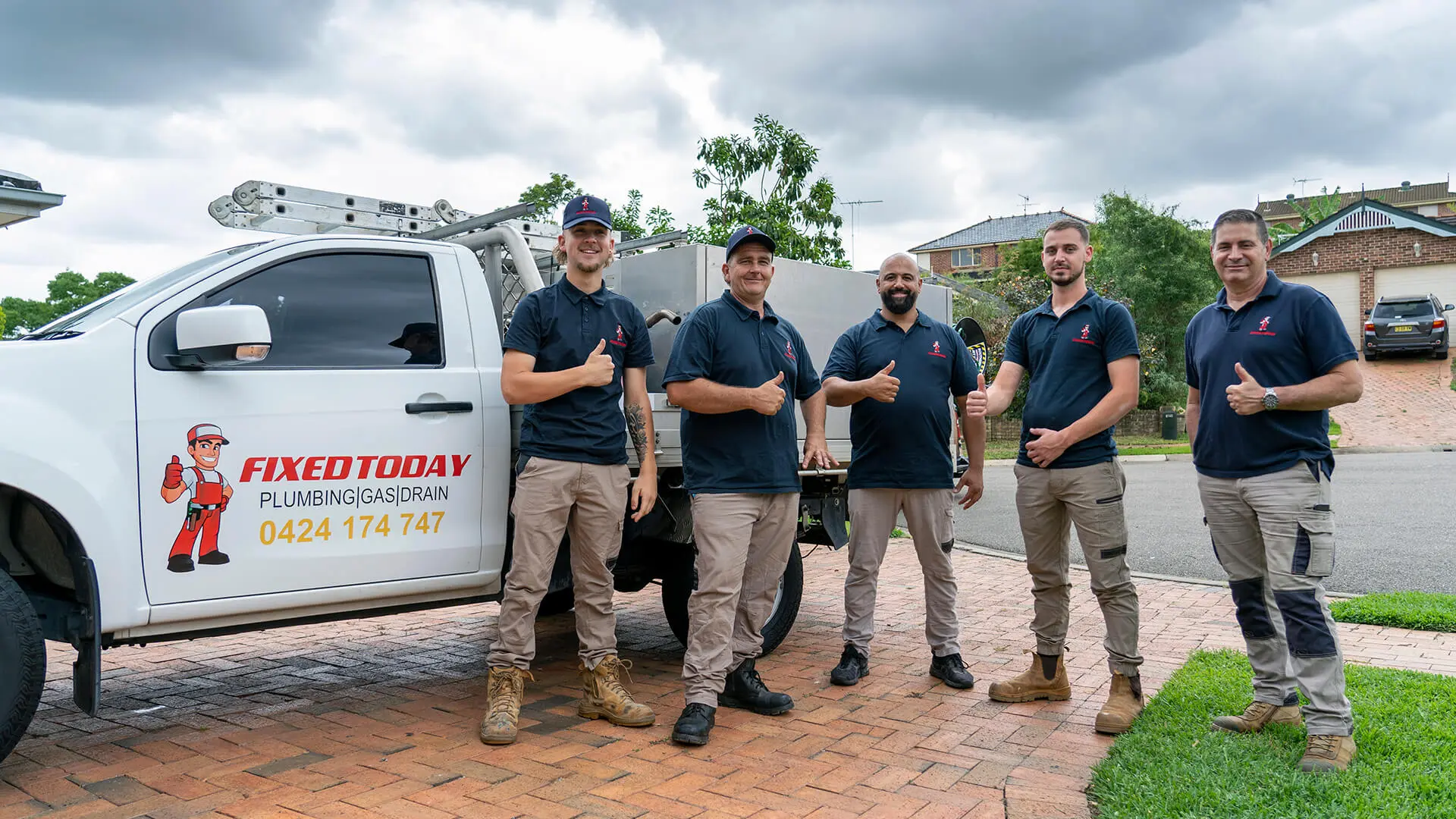
What is a plumbing emergency?
House plumbing problems like blocked drains are considered emergencies and require emergency plumbing services. It can be very common for a blocked drain to cause severe plumbing problems.
Blocked drains might flood your home with sewage or stormwater, making a messy cleanup necessary. Sometimes, blocked drains can even prevent plumbing fixtures from working. Severe leaking pipes are also emergencies.
Leaking pipes could quickly flood a house or backyard and damage a house’s structure if not fixed immediately. It could damage furniture or non-waterproof items in the home, office or commercial premises.
Low water pressure can also be a common plumbing problem as it indicates that there could be a broken pipe somewhere in their home office or premises or a blockage in the pipework that is not letting sufficient supply come out of the taps and toilets.
This could be because of the age of the pipes’ installed material.
Gas leaks are considered very dangerous and aren’t that common, but if they were to happen, many problems could result, such as explosions, fires, and even little to no oxygen.
If you are in an enclosed area where the gas leak is more significant than the oxygen supply, this could be very harmful to anyone around your home at the time of the leak.
Need a Plumbing Service?
How do you stop plumbing problems?
The best way to stop plumbing problems would be to call your local plumber and not fix it yourself.
Professional plumbers must repair common plumbing problems. Since professional plumbers are licensed, they know how to do so.
The homeowners are expected to try to fix their common plumbing problems themselves, making the issue even worse.
So when you have common plumbing problems, call a trusted plumber to make the necessary repairs, replacements and emergency fixes.

